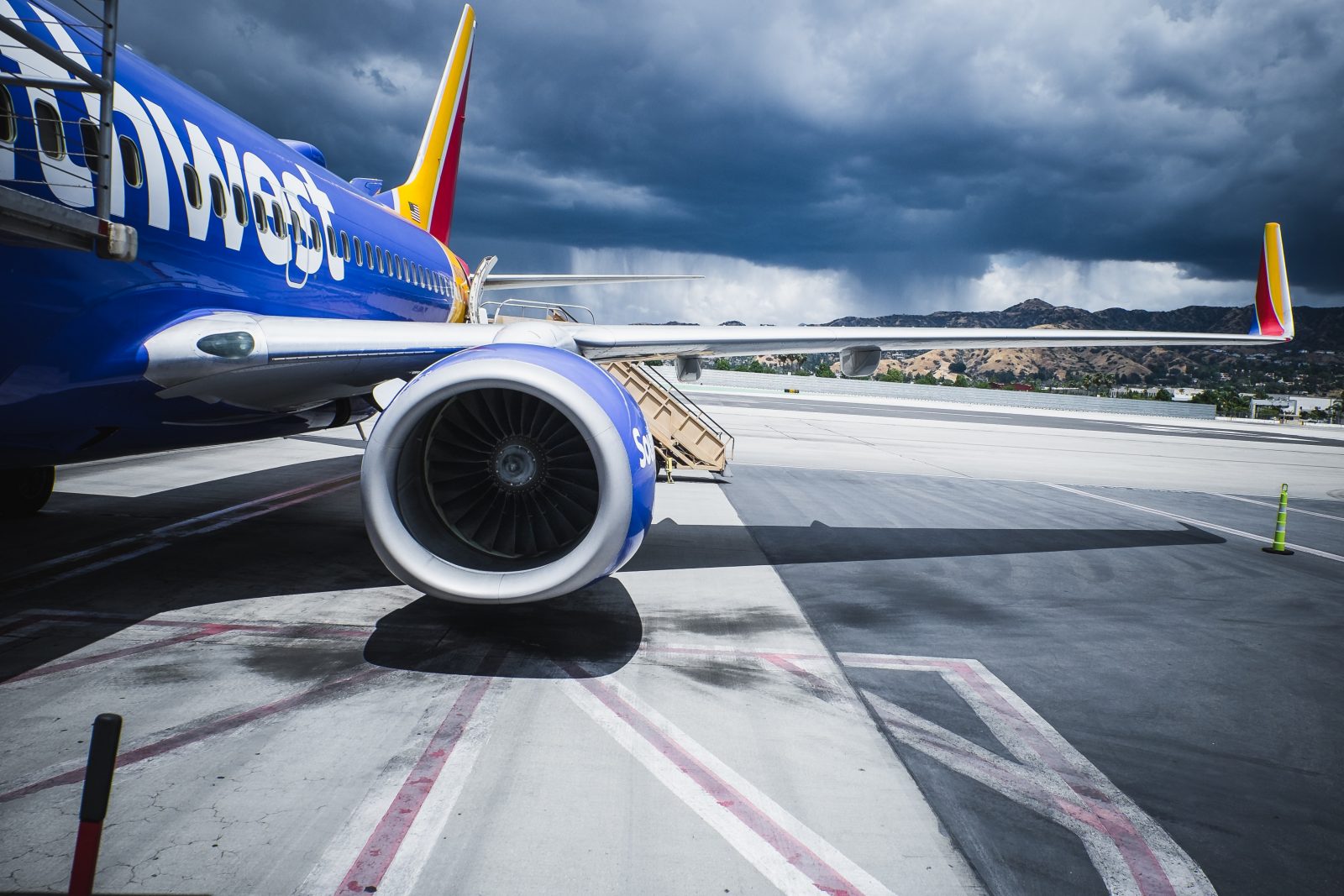
The Southwest Airlines Pilots Association (SWAPA) filed a lawsuit in the District Court of Dallas County on Monday alleging that the grounding of the Boeing 737MAX aircraft has cost Southwest Airlines pilots in excess of $100 million. The pilots union claims Boeing made false representations over the airworthiness of the 737MAX range which ultimately resulted in the deaths of 346 people, reduced the opportunity for people to travel and financially hurt pilots.
“As pilots, there is nothing more important to us than the safety of our passengers,” explained Captain Jonathan L. Weaks, President of SWAPA in announcing the lawsuit.
“We have to be able to trust Boeing to truthfully disclose the information we need to safely operate our aircraft. In the case of the 737 MAX, that absolutely did not happen.”
As the largest operator of the 737MAX, the pilots union estimates that more than 30,000 flights have been cut from Southwest’s schedules since the aircraft was grounded by the FAA in March. Despite Boeing insisting that it can get the 737MAX recertified by the end of the year, SWAPA now thinks it will return to service within the first three months of 2020 at the earliest.
Setting out their case against Boeing, lawyers for the pilots union suggest the aircraft manufacturer rushed the introduction of the 737MAX because of competition from rival Airbus.
“In 2010, Airbus announced the introduction of the Airbus A320 NEO (“A320 NEO”) aircraft, a new engine variant of its popular A320 aircraft, which offered greater fuel efficiency than Airbus’s prior generations of A320 aircraft and Boeing’s 737 Next Generation (“NG”) aircraft, which was Boeing’s most recent 737 iteration at the time.
Following Airbus’s announcement, Boeing considered but rejected the idea of introducing a new engine variant of its 737, and believed that it could wait to produce an aircraft to compete with the A320 NEO.
At a meeting in January 2011, Jim Albaugh, then the president of Boeing Commercial Airplanes, told Boeing employees that Boeing could wait until the end of the decade to produce a new plane from scratch rather than refit the most recent 737 NG with new engines. He further explained that the A320 NEO’s use of a bigger, more fuel-efficient engine would be a “design change that will ripple through the airplane.”
Subsequently, Boeing learned that American Airlines, which was an exclusive Boeing customer for more than a decade, was considering the purchase of 200 Airbus A320 NEOs.
Rather than designing a new aircraft, Boeing immediately reversed course and launched its own new engine variant of the existing, widely flown and time-tested 737 NG. To make the new 737 more fuel-efficient, and therefore competitive with the new A320 NEO, the 737 NG’s engines were to be replaced with the larger, more fuel-efficient CFM International LEAP1-B.
A former senior Boeing official stated that the company opted to mount the new LEAP1-B engines on Boeing’s existing 737 NG airframe rather than an entirely new airframe because it would be “far quicker, easier and cheaper than starting from scratch, and would provide almost as much fuel savings for airlines.”
The lawsuit goes on to claim that Boeing marketed the 737MAX like it was simply a newer version of past 737 models. Boeing allegedly failed to mention “safety-critical changes” that made the aircraft model “fundamentally” different to previous 737’s. As a result, the pilot’s unions agreed for its members to fly the aircraft – a decision they wouldn’t have made if the truth had been known.
Southwest Airlines has previously agreed to share a compensation payout it receives from Boeing over the debacle with its pilots. Boeing has not yet commented on this latest lawsuit.
Related
Mateusz Maszczynski honed his skills as an international flight attendant at the most prominent airline in the Middle East and has been flying ever since... most recently for a well known European airline. Matt is passionate about the aviation industry and has become an expert in passenger experience and human-centric stories. Always keeping an ear close to the ground, Matt's industry insights, analysis and news coverage is frequently relied upon by some of the biggest names in journalism.







